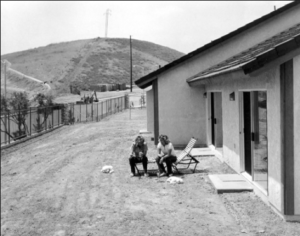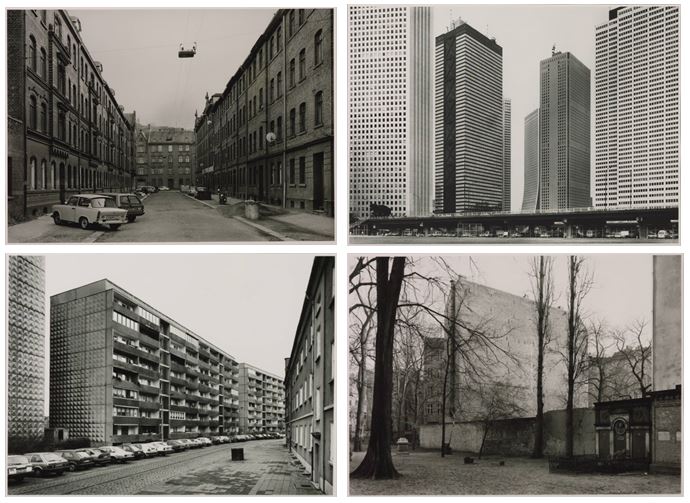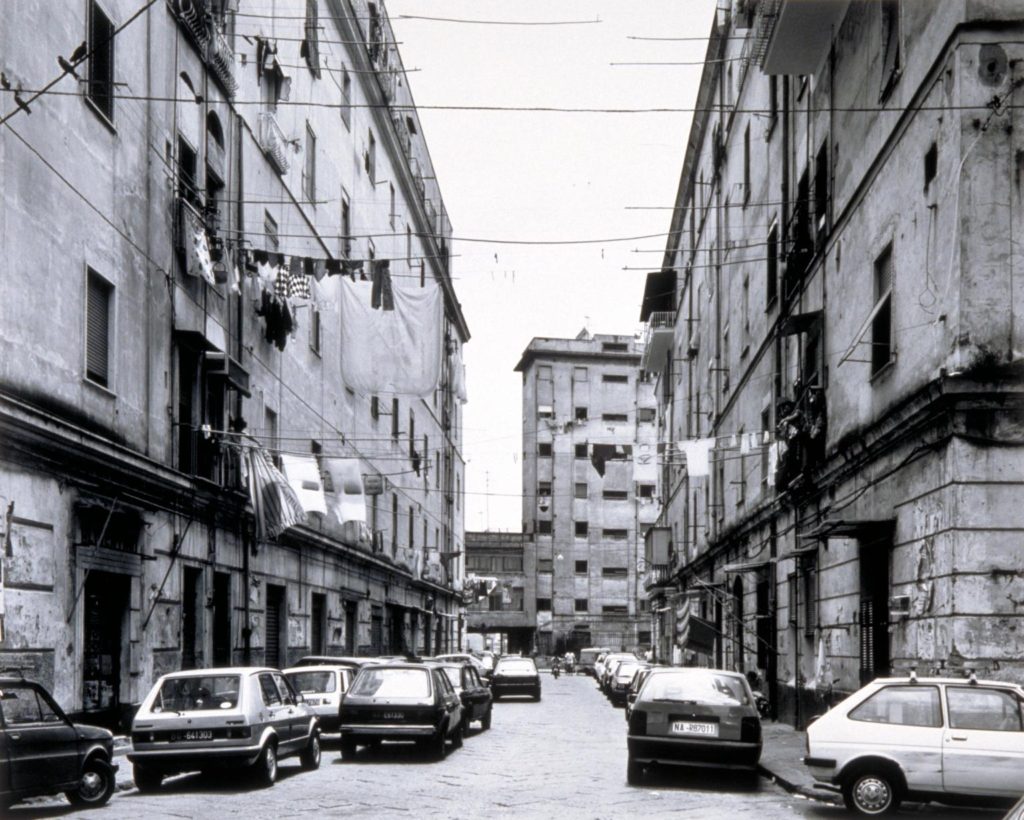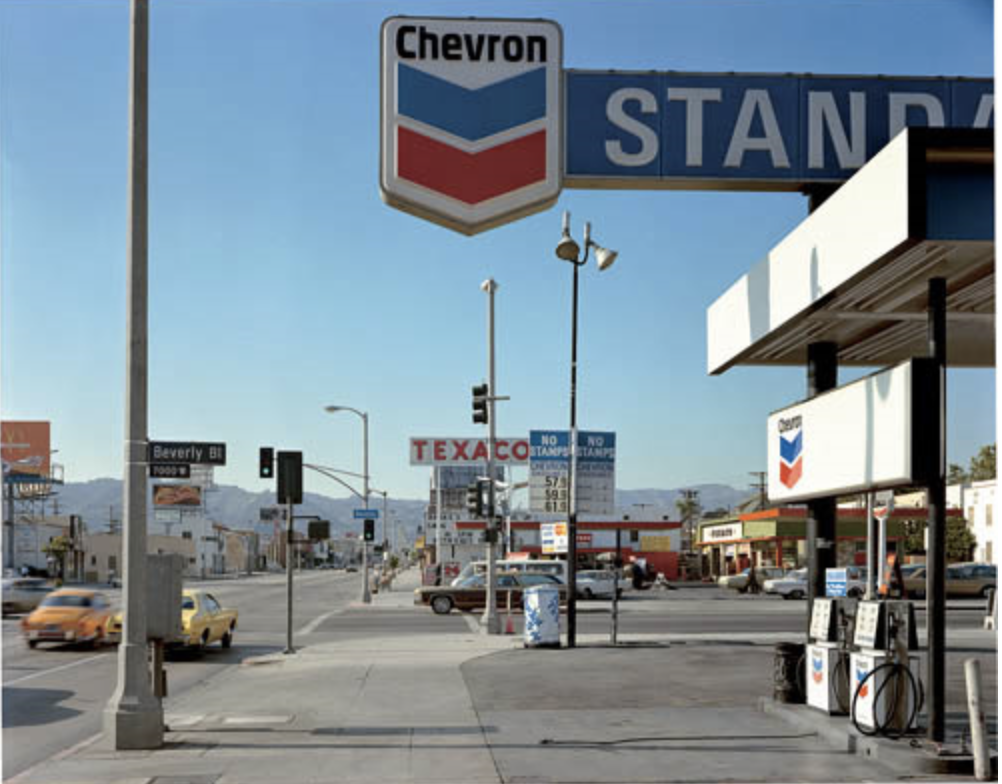 Joseph Maurice Deal Was born in Topeka, Kansas on August 12th 1974. Deal received a bachelor’s degree in fine arts at the Kansas City Art Institute in 1970. He received his master’s degree in photography in 1974 from the University of New Mexico. He created several major bodies of work including: the Fault Zone, Site Documents, and West and West.
Joseph Maurice Deal Was born in Topeka, Kansas on August 12th 1974. Deal received a bachelor’s degree in fine arts at the Kansas City Art Institute in 1970. He received his master’s degree in photography in 1974 from the University of New Mexico. He created several major bodies of work including: the Fault Zone, Site Documents, and West and West.
In 1975, Deal’s photographs were included in the now landmark exhibition curated by William Jenkins at the George Eastman House titled, New Topographics: Photographs of a Man-Altered Landscape. At this time, Deal was the director of exhibitions at the Eastman House, and played a significant role in designing and organizing the exhibition. Deal contributed 18 black and white photographs to the exhibit in a 32 cm × 32 cm format. Many of the photographs Deal submitted featured homes newly constructed against the desolate landscape of the American Southwest.
Image Analysis

Visual
Visually that Image has been naturally broken into two different sections, the section with the family’s home, which consisted of many sharp line with clear beginnings and endings.Which is contrasting to the section behind the house which has a soft feel to it with natural curved lines that have been created by nature. In this image the contrast is quite significant and Ansel Adams zone system could also easily be applied to this image as there are defined whites and blacks.The type of lighting which has been used to capture this image is natural daylight,
Technical
In this image there is a medium sized tonal range , the darkest colour being the shadows from the open door into the house and the lightest being the ground from having the sun blaze down on it. There are many different textures within the image, the roof and side of the house is smooth from the slates which have made the side of the building, the mountainside which is is ruff, the pile of dirt at the front of the house which is very ruff and the sky in the top corner which is soft
Contextual
This image was taken in 1984 if a model home in Phillips Ranch California. As Joe Deal was heavy involved in the Topographic movement this image was taken as part of that collection of work
Conceptual
The concept behind this image coould be many things, from the way that humans are taking over the natural world to provide for there needs and demands instead of looking at the world around them and caring its needs and wants.


 based photographers who were inspired by man made environments.Parking lots, suburban housing and warehouses were all depicted with a beautiful stark austerity.
based photographers who were inspired by man made environments.Parking lots, suburban housing and warehouses were all depicted with a beautiful stark austerity.



 His very first pictures are mostly architectural views of the city taken from rooftops and part of them were included in the “New Topographics” exhibition in 1975. “My idea at the time was to put my feelings in service to clear description. When I moved to Boston in 1974, I was enthralled with it and was trying to figure it out. Getting on rooftops was a great way to learn…not unlike the way one climbs to the top of a bluff or a mountain: to see more.” He took photos from above, “like a landscape surveyor,” he said. “You could see where the streets go, you could see where everything lines up.”
His very first pictures are mostly architectural views of the city taken from rooftops and part of them were included in the “New Topographics” exhibition in 1975. “My idea at the time was to put my feelings in service to clear description. When I moved to Boston in 1974, I was enthralled with it and was trying to figure it out. Getting on rooftops was a great way to learn…not unlike the way one climbs to the top of a bluff or a mountain: to see more.” He took photos from above, “like a landscape surveyor,” he said. “You could see where the streets go, you could see where everything lines up.”













 Best Images From Shoot:
Best Images From Shoot:







